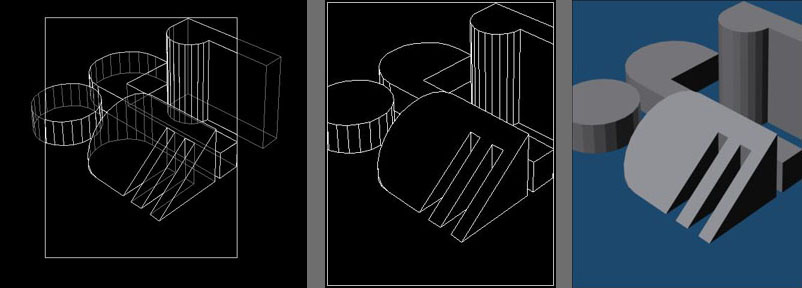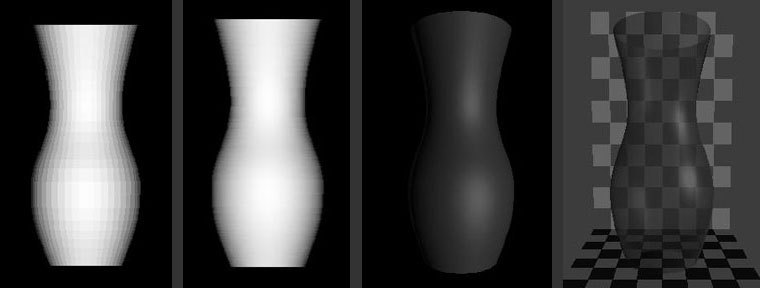
The field of computer graphics is a broad and diverse field that exists cross section between computer science and design. It is interested in the entire process of creating computer generated imagery, from creating digital three-dimensional models, to the process of texturing, rendering, and lighting those models, to the digital display of those renderings on a screen.

This process starts with simple object rendering techniques to transform mathematical representations of three-dimensional objects into a two-dimensional screen image, calculating projection transformations of vertices as well as occlusion and depth of objects.

Detail and realism is added to these images through simulation of materials, textures, and lighting. The most accurate and realistic techniques involve understanding the way light interacts with objects in the physical world, and simulating those interactions as closely as possible on a computer. Phenomena such as reflections, transparencies, or diffuse lighting can be modeled using a variety of different algorithms, some designed to be physically accurate, others to be computationally efficient, depending on different needs. Virtual reality imagery must be generated in a matter of milliseconds, while a detailed architectural rendering may take hours of computation time.

With developments both in the hardware of GPUs and the software of rendering engines, Computer Graphics developments continue to push the bounds of both accuracy and speed of computer generated imagery.

